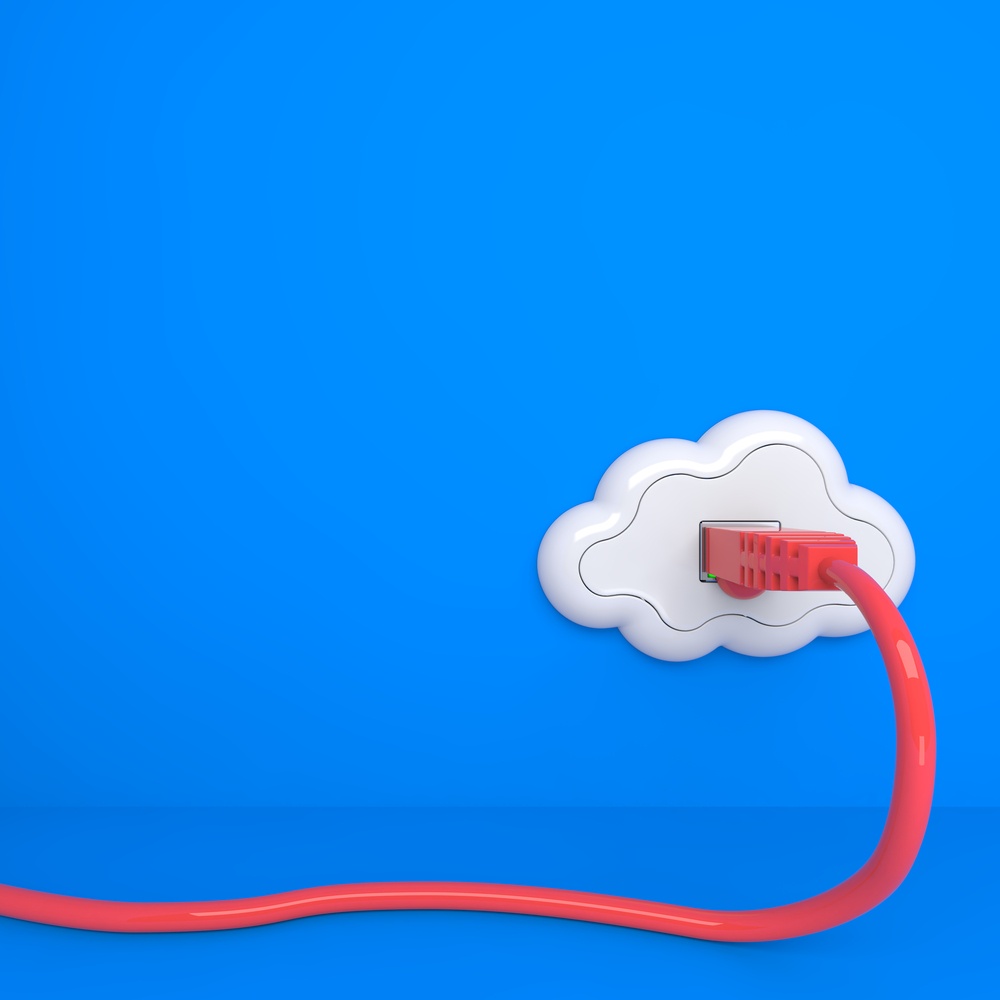We’ve discussed the benefits of running Remote Desktops and Remote Applications, so I’m going to focus on the value of running these solutions in the cloud vs. on-premises by looking at the following key considerations:
- Updating infrastructure and keeping up with new technology
- Capital and operational expenses
- Scaling resources
1. You don’t need to update or purchase new hardware in the cloud
A big concern with traditional on-premises infrastructure is keeping up with current technology and delivering current solutions to your ever-evolving user community. How often do you have to upgrade your on-premises infrastructure? With the cloud, your cloud provider upgrades the infrastructure for you. Microsoft Azure is continuously releasing new capabilities in their cloud for their customers to leverage. When you run an on-premises infrastructure you have capital expenditures every time you need to upgrade your environment.
2. Pay only for what you use in the cloud
With an on-premises infrastructure, you pay for the infrastructure 24x7 even if it is only used 12 hours a day. With the cloud, you pay for the resources you use while you use them, as an operational expense, and when you aren’t using the resources, you don’t pay for them. A workload that runs only 12 hours a day only costs you for those 12 hours a day.
3. Scale on demand in the cloud
Traditionally you’ve had to build your on-premises infrastructure so it can support the maximum demand expected over the life of the infrastructure. In the cloud, you can scale your resources up to meet the current demand, and scale your resources back down when demand subsides. Again, the benefit is that you only pay for the resources you use, so scaling down your resources also scales down your resource costs. You don’t need to pay for anticipated additional demand up front.
Solutions like Remote Desktop and RemoteApp delivery from the cloud provide elastic scale while preventing the capital expenditure of building out your own infrastructure. And a cloud infrastructure provides equal access to all your users whether they are in the office, or remote.
4. Microsoft Azure provides additional benefits as your cloud provider
One of the benefits of using Microsoft Azure as your cloud provider is that Azure provides a lot of security protections just by using their cloud. They monitor their infrastructure for suspicious behavior, like probes from known malicious IP Address. Azure also has native data resiliency and multiple locations around the globe making it a great option for Disaster Recovery. Additionally, Azure is built for remote access, or for fully secured access via VPN type solutions, hence, it is ready to take on your need to deliver solutions to all your users.
Moving to the cloud does not mean that everything must be moved to the cloud. Hybrid solutions are typically the best first move to the cloud where some of the infrastructure stays on-premises (for now), while some of the infrastructure gets migrated to the cloud. Hopefully you can see how moving your Remote Desktop and RemoteApp delivery to the cloud will provide the elastic scale along with a cost model that only requires you pay for what you use.
Tags: Remote Desktop Services


